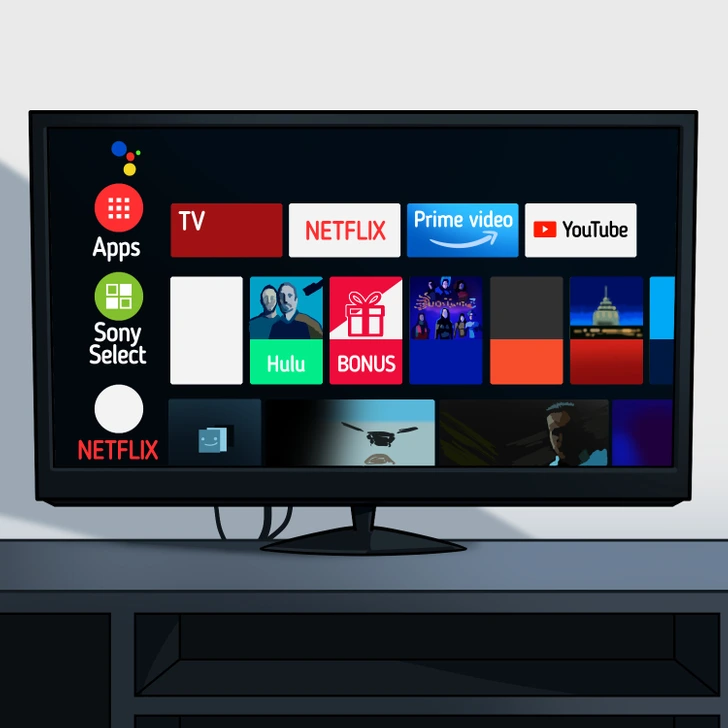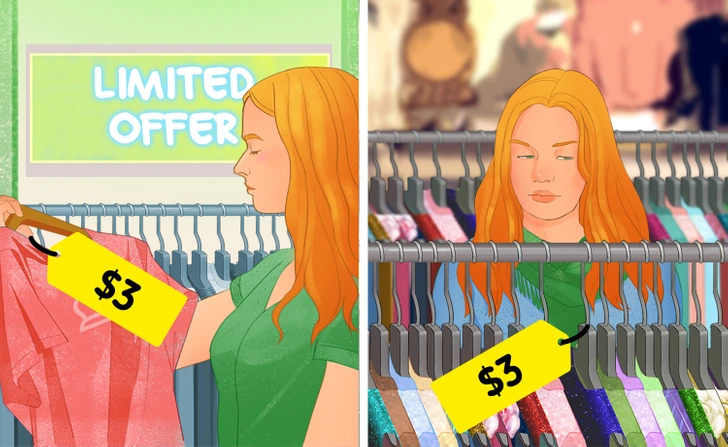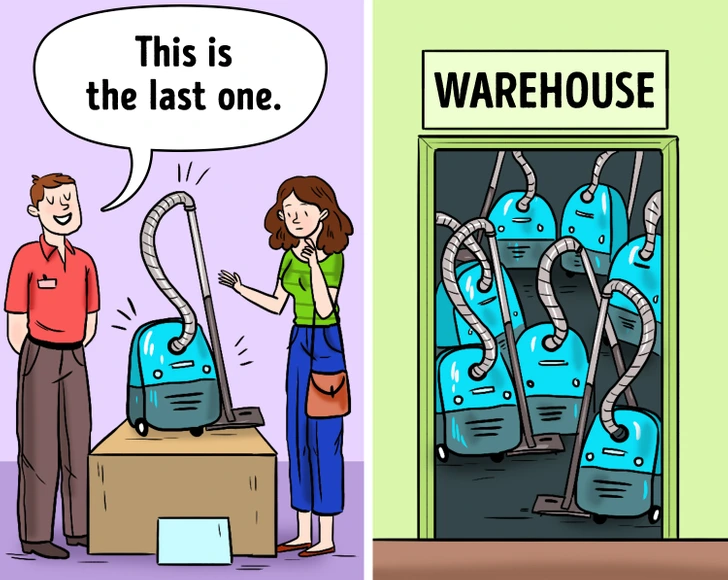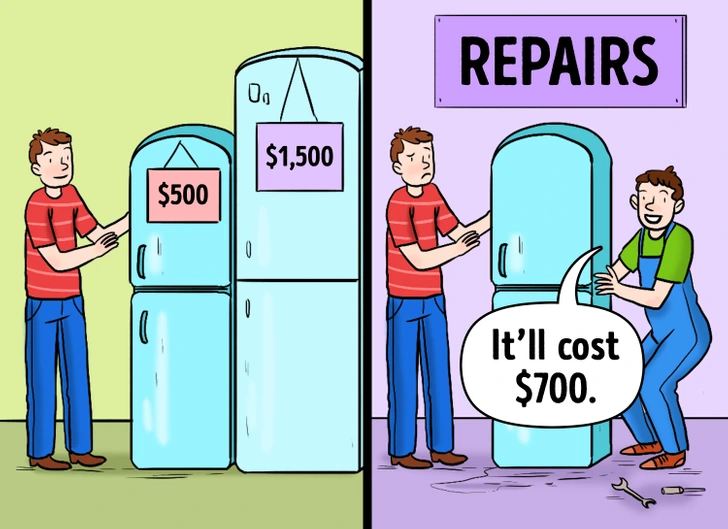Most of us like to think we’re smart shoppers. But even the savviest consumers can fall victim to clever marketing tactics that are designed to make us spend more than we planned. From subtle pricing strategies to emotional triggers, companies have mastered the science of persuasion.
1. The “Buy One, Get One Free” Strategy

BOGO deals seem like a no-brainer. Who doesn’t love getting something for free? But these promotions often lead us to buy things we didn’t really need just to get the extra item. It’s an effective way for companies to boost sales volumes—not necessarily to save you money.
Before falling for it, ask yourself: would you buy the item at full price if it weren’t part of a deal? If the answer is no, you’re not really saving—you’re spending more for the illusion of value.
Video:
19 Simple Psychological Tricks That Actually Work
2. Subscription Traps That Sneak Up on You

Free trials and introductory offers are common ways brands lure you in. They seem harmless, but they often come with auto-renewals and unclear cancellation processes. Many people forget to cancel and end up paying for services they don’t even use.
Always read the fine print before signing up. Better yet, set a calendar alert before the trial ends so you can cancel in time. If you’re not fully sold on the product, think twice before entering your credit card information.
3. Fake Discounts That Create Illusions

You’ve seen it before: “Was $100, now $49!” These deals look appealing, but often the original price is inflated just to make the discount seem massive. Retailers use this tactic to create a sense of urgency and make customers feel like they’re getting a bargain, even when they’re not.
Before you get too excited, take a few minutes to research the actual market value of the item. Comparison tools and review websites can help you determine whether it’s truly a deal—or just clever pricing.
4. The $9.99 Effect and Charm Pricing

Why is everything priced at $9.99 instead of $10? That one-cent difference might seem insignificant, but it taps into a deep psychological trick. Our brains tend to focus on the leftmost digit, making $9.99 seem like a much better deal than it actually is.
To outsmart this, make a habit of rounding prices up in your head. See $19.95? Call it $20. This mental shift makes it easier to evaluate whether something truly fits your budget.
Video:
15 Psychological Marketing Triggers to MAKE PEOPLE BUY From YOU!
5. Scarcity Messaging That Creates Pressure

Phrases like “Only 1 left!” or “Sale ends at midnight!” are designed to trigger a sense of urgency. These messages prey on our fear of missing out (FOMO), nudging us to make snap decisions we might not have made otherwise.
Pause and ask yourself: would you still want the product tomorrow? If the answer is yes, and it’s within budget, then consider buying. But if urgency is your only motivation, it’s likely a marketing trap.
6. The Pitfall of Buying the Cheapest Option

Buying the cheapest product might feel like a win in the moment—but it often costs more in the long run. Lower prices can mean lower quality, which leads to frequent replacements and unexpected repairs. That cheap toaster, chair, or pair of shoes might not last nearly as long as a better-quality option.
According to a Slickdeals survey, 63% of Americans have regretted buying the cheapest item available. The old saying rings true: “Buy nice or buy twice.”
Instead of going for the lowest price, weigh quality, durability, and long-term value. Sometimes, spending a little more upfront leads to greater savings down the road.
7. Influencer Recommendations That Feel Personal—but Aren’t

Social media influencers can feel like trusted friends. But many of them are paid to promote products—and their glowing reviews aren’t always based on real experience. Research shows that 40% of people have bought something based on an influencer’s recommendation.
This doesn’t mean every influencer is untrustworthy, but it’s important to recognize the marketing behind the message. Look for unbiased reviews, read user feedback, and check multiple sources before making a purchase.
Understanding Why These Tactics Work
At the core of these strategies is one goal: to influence your behavior without you realizing it. Urgency, discounts, emotional triggers, and pricing tricks are all meant to drive impulse decisions. Marketers want you to act quickly—before you’ve had time to think critically.
By learning to recognize these patterns, you take back control. With a few small mindset shifts, you can shop smarter, save money, and feel confident in every purchase you make.
Quick Recap to Help You Outsmart the System
- Skip BOGO deals unless you truly need both items.
- Set reminders to cancel free trials before they auto-renew.
- Always compare prices to identify fake discounts.
- Round prices up to avoid charm pricing tricks.
- Don’t fall for urgency or FOMO tactics.
- Choose quality over short-term savings.
- Verify influencer claims with real customer reviews.
Final Thoughts: Awareness Is Your Best Weapon
Marketing isn’t inherently bad—it’s how companies communicate value. But when those strategies are designed to manipulate your decisions, that’s when it’s time to step back and reassess.
Remember, the power is in your hands. Don’t let flashy ads, emotional cues, or “limited-time offers” control your budget. Take a breath, do your research, and make informed decisions. The more you understand how psychological marketing works, the harder it becomes for brands to play you like a game.


